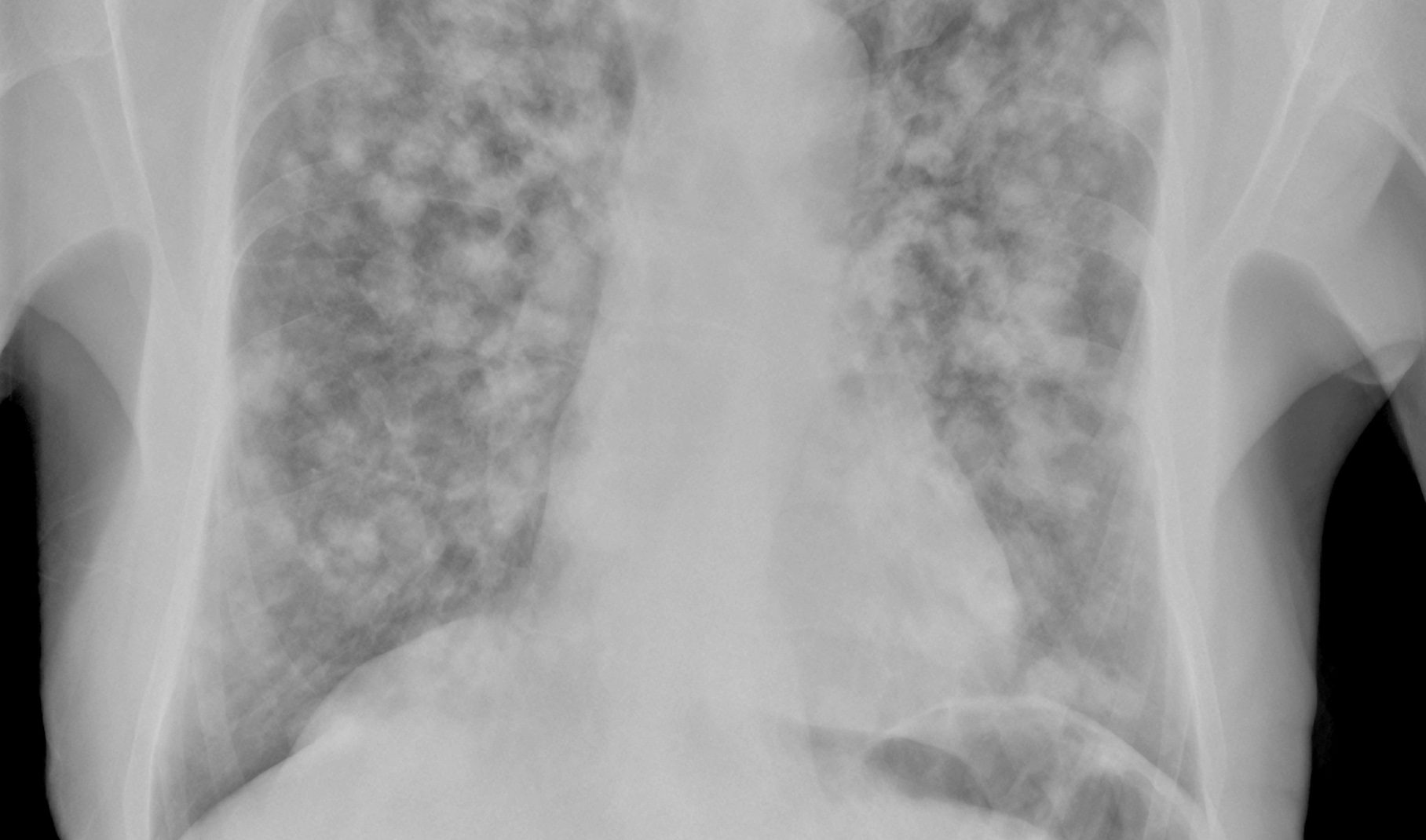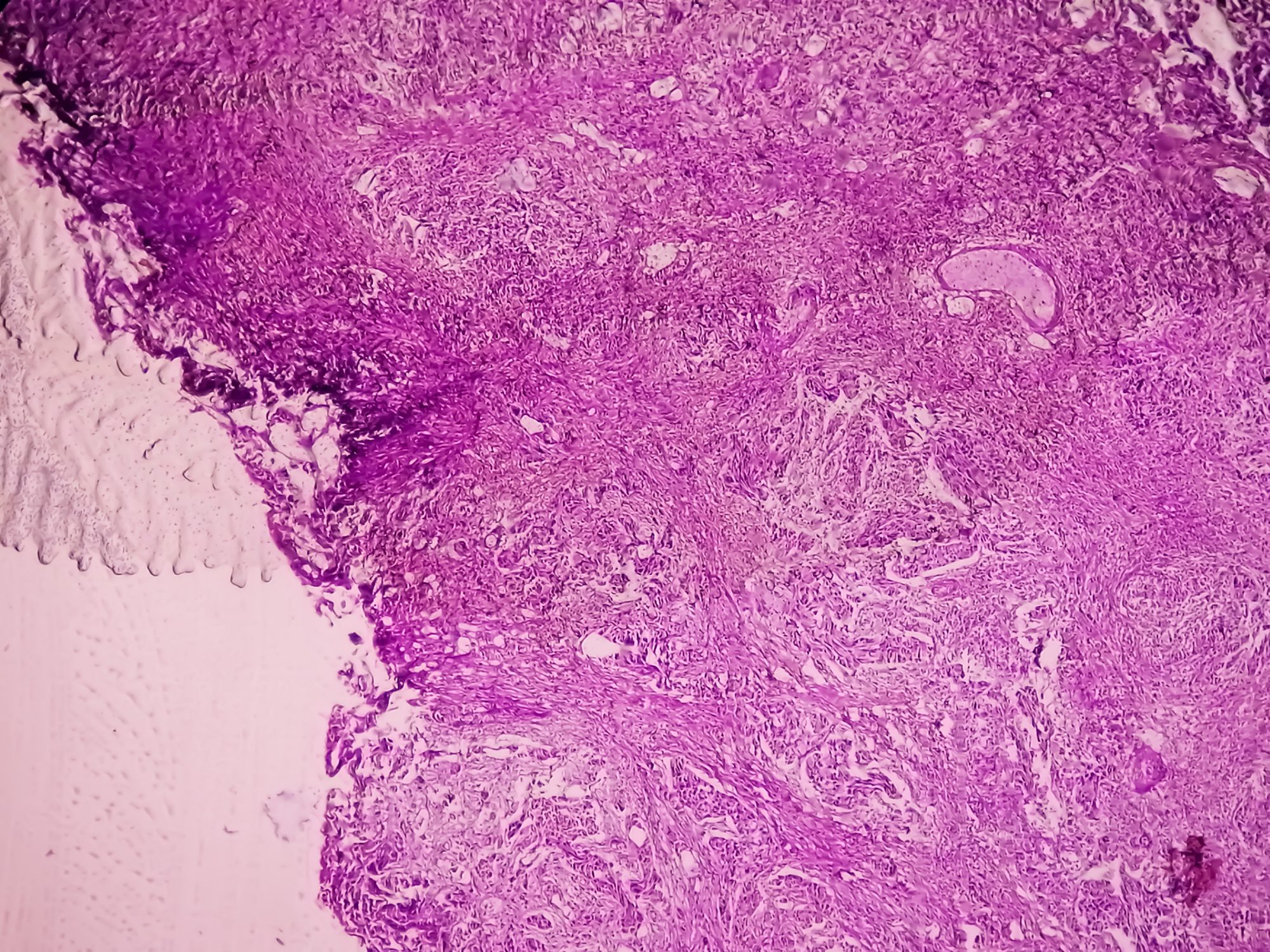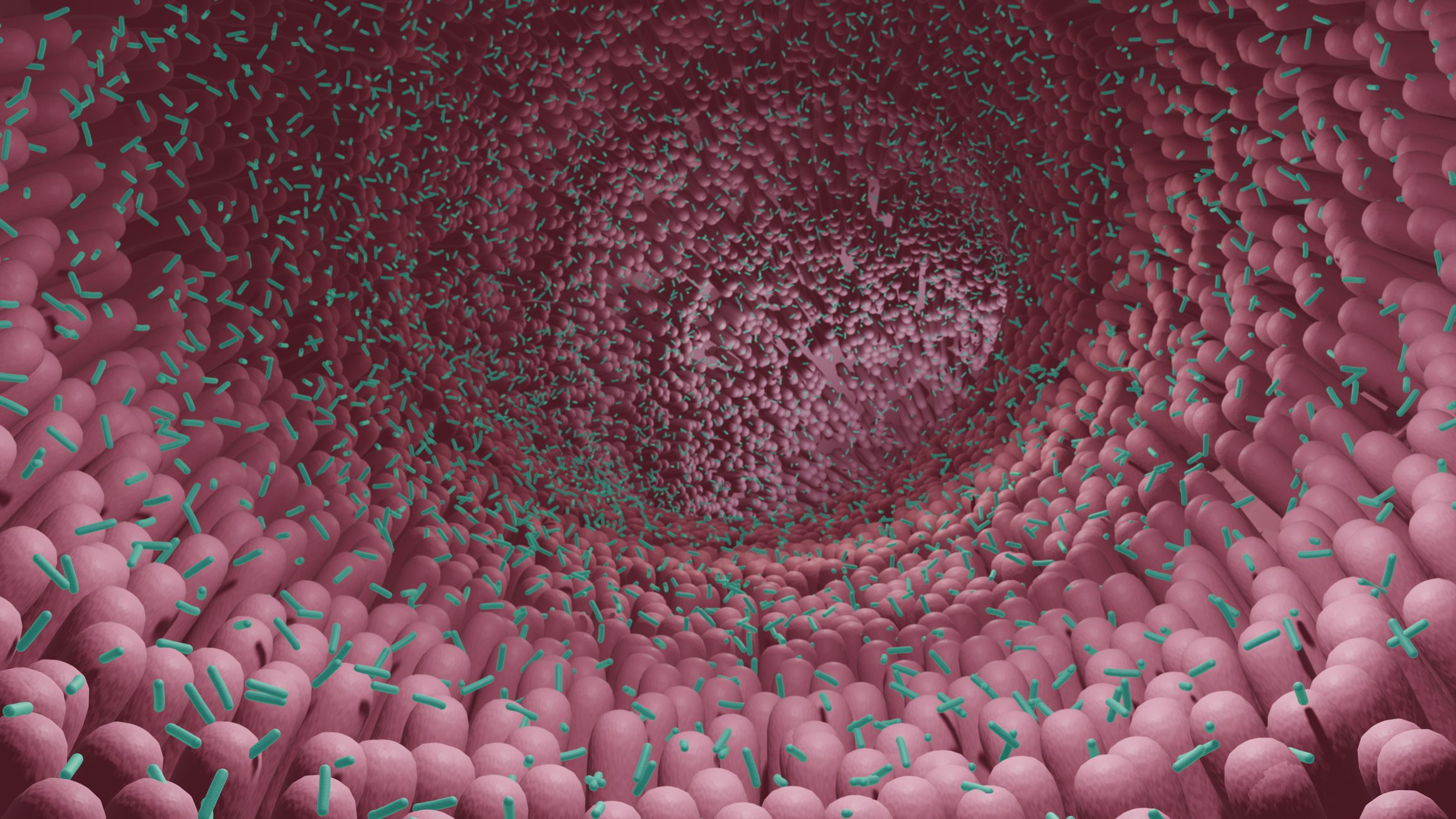During pregnancy, progesterone causes a drop in blood pressure. Physiologically, this can be attributed on the one hand to the increase in venous vascular capacity (dilatation of the vascular system with still insufficient increase in maternal blood volume) and on the other hand to insufficient venous return of blood to the heart. During physiological pregnancy, blood pressure drops by about 10 mmHg. The lowest pressure is reached around the 24th week of pregnancy. Low resting blood pressure is not pathological, but only an accompanying symptom in pregnancy.
You can take the CME test in our learning platform after recommended review of the materials. Please click on the following button:
Blood pressure regulation during pregnancy
During pregnancy, progesterone causes a drop in blood pressure. Physiologically, this can be attributed on the one hand to the increase in venous vascular capacity (dilatation of the vascular system with still insufficient increase in maternal blood volume) and on the other hand to insufficient venous return of blood to the heart. During physiological pregnancy, blood pressure drops by about 10 mmHg. The lowest pressure is reached around the 24th week of pregnancy. Low resting blood pressure is not pathological, but only an accompanying symptom in pregnancy. However, a direct relationship between birth weight and standing blood pressure drop (orthostasis) has been demonstrated for late pregnancy.
Hypertensive diseases in pregnancy
Arterial hypertension in pregnancy is defined as a blood pressure in a pregnant patient of >140/90 mmHg. Even the American College of Cardiology (ACC) and the American Heart Association (AHA), whose new definition defines arterial hypertension in nonpregnant patients as starting at a blood pressure of 130/80 mmHg, has stuck with the higher limit of 140/90 mmHg when defining hypertension in pregnancy.
Hypertensive conditions that may exist in pregnancy include preexisting arterial hypertension with subtypes of essential/secondary chronic hypertension, white coat hypertension, and masked hypertension; gestational hypertension, which occurs after the 20th week of gestation; and preeclampsia, which may be either new or present as propensity preeclampsia in the presence of preexisting hypertension. The definitions of the different forms of hypertension are summarized in Table 1.
Hypertensive disease in pregnancy occurs in up to 6-8% and remains the leading cause of maternal death today and a cause of perinatal mortality in up to 35%. The incidence of preeclampsia in Germany is approximately 2%. Pregnant women with white coat hypertension are at increased risk for preeclampsia (RR 5.4) and small for gastational age (RR 2.47) and preterm birth (RR 2.86).
Blood pressure measurement during pregnancy
Blood pressure should be measured with a cuff adapted to the circumference of the upper arm after an adequate rest period, ideally without the presence of medical or nursing staff in a sitting position. To exclude a side difference, blood pressure should primarily be measured once in both arms. Outpatient blood pressure measurements are especially recommended for hypertensive pregnancy disorders.
Blood pressure therapy during pregnancy
In principle, non-pharmacological treatment is recommended as a priority in all cases. These include a reduction in the sodium content of the diet, short-term bed rest in the left-sided position, regular physical activity, a balanced diet and absolute abstinence from alcohol and nicotine. If these measures do not lead to adequate blood pressure reduction, additional drug therapy is indicated. Lowering blood pressure too quickly or too low can possibly lead to placental inferior perfusion and thus acute fetal impairment. Pregnant women with arterial hypertension of >160/120 mmHg show an increased risk of preeclampsia, apoplexy, renal failure, and preterm delivery.
It has long been unclear whether pregnant women with mild hypertension benefit from antihypertensive therapy. In women with mild hypertension, antihypertensive administration has been shown in previous studies to reduce the risk of developing severe hypertension, but there have been concerns that hypertension therapy during pregnancy may increase the risk of low birth weight in the child.
In the last two years, two important studies, both published in the New England Journal of Medicine, have provided new results on the issue of blood pressure control in pregnant women: Following the evaluations of the CHIPS(control of hypertension in pregnancy study) and CHAP(chronic hypertension and pregnancy project) studies, the guidelines for blood pressure control in pregnancy have been or will be changed.
The CHIPS study was a multicenter, randomized, controlled trial involving 987 women between 14 and 33 weeks’ gestation. Inclusion criteria were a diastolic blood pressure of ≥90 to ≤105 mmHg or ≥85 to ≤105 mmHg on antihypertensive medication. Pregnant women were randomized to a group with a diastolic blood pressure of <100 mmHg (less control) and a group with a diastolic blood pressure <85 mmHg (tight control). 75% of the study participants had chronic hypertension. The study sought to determine whether “less stringent” control of diastolic blood pressure compared with “stringent” control of diastolic blood pressure could reduce the risk of adverse outcomes for the baby without increasing the risk of problems for the mother. Pregnancy loss due to perinatal death occurred approximately 3% in both groups. The need for intensive neonatal care also did not differ among the groups. The secondary endpoint, maternal complications, was not significantly different [1].
The CHAP study was a multicenter randomized controlled trial that included 2408 pregnant women. In this study, an arm with stricter blood pressure setting with RR systolic <140/90 mmHg was compared with an arm with less strict blood pressure setting with RR systolic <160/105 mmHg. Significantly fewer primary endpoint events (preeclampsia with severe characteristics up to two weeks postpartum, drug-induced preterm birth before 35 weeks gestation, placental abruption, fetal/newborn death) occurred in the actively treated patients than in the control group (30.2% versus 37%). The relative risk for these pregnancy complications was reduced by 18% with more stringent hypertension therapy (adjusted risk ratio 0.82; p<0.001). Serious cardiovascular complications in the mother or serious complications in the newborn (secondary end points) tended to occur less frequently in the active treatment group but not significantly so. Hypertension therapy had no significant effect on low birth weight below the 10th percentile [2]. Table 2 lists the antihypertensives and their dosages that are appropriate in pregnancy.
Nifidipine retard, alpha-methyldopa and labetalol (only in Austria and Switzerland, not on the market in Germany) are agents of first choice. A single dose of nifidipine retard can lower blood pressure more effectively than a single dose of labetalol or methyldopa [3]. Selective beta1-receptor blockers are also possible. However, the increased risk of fetal growth restriction and AV block in the child must be noted here. Oral dihydralazine is no longer the 1st choice agent for blood pressure lowering in pregnancy in some guidelines because it can cause marked rechfextachycardia and headache. However, tachycardia can often be well controlled with low-dose concomitant beta-blocker therapy.
In pregnancy, diuretics should not be used as antihypertensives because they can potentially lead to impaired uteroplacental perfusion through additional plasma volume reduction. ACE inhibitors and AT1 antagonists are contraindicated in pregnancy. They can lead to oligohydramnios acute renal failure in the newborn and malformations. They should be discontinued when pregnancy becomes known. Ideally, women on therapy with ACE inhibitors or AT1 antagonists should practice contraception.
Intravenous antihypertensives are used for severe arterial hypertension. These are initially injected slowly as a bolus followed by continuous administration via a perfusor. Here, urapidil, labetalol, and dihydralazine are intravenous agents of choice. Table 3 lists the antihypertensives and their dosages that are suitable for acute therapy of severe hypertensive disorders in pregnancy.
The HYPITAT-II trial investigated whether delivery or waiting between 34 and 37 weeks of gestation is better for mother and child in moderate arterial hypertension at the end of pregnancy. Acute respiratory distress syndrome occurred more frequently in babies in the rapid delivery group whereas maternal complications were not significantly different.
Thus, routine immediate delivery does not appear to be warranted. A strategy of close monitoring until term, or delivery if the clinical situation worsens, may be considered. However, after 37 weeks of gestation, delivery is more preferred [4].
Preeclampsia
The definition of preeclampsia can be found in Table 1. The causes of preeclampsia are not clearly understood. A disturbed implantation of the trophoblast is discussed, so that blood vessels in the decidua are not remodeled and dilated as actually necessary during pregnancy [5]. In women with preeclampsia, altered serum levels of PlGF (placental growth factor) and sFlt-1 (soluble fms-like tyrosine kinase-1, also VEGF receptor-1) are found. In addition, detection of blood PlGF and/or sFlt-1 levels can differentiate a normal pregnancy from one associated with preeclampsia even before the onset of clinical symptoms [6]. For an sFlt-1:PlGF ratio of ≤38, a negative predictive value of 99.3% was found for the exclusion of preeclampsia in the next week. However, the positive predictive value for an sFlt-1:PlGF ratio of >38 was only 36.7% for diagnosis, with 66.2% sensitivity and 83.1% specificity [6]. Thus, the sFlt-1:PlGF ratio is particularly suitable for excluding preeclampsia but not for making a definite diagnosis. Risk factors for preeclampsia are listed in Table 4.
Paradoxically, smoking has been associated with a risk reduction for preeclampsia in several studies [7,8].
For preeclampsia prophylaxis, all high-risk patients should receive ASA 100-150 mg/d from 11 weeks’ gestation. The ASPRE trial has been able to show that this strategy can reduce the risk of pre-eclampsia [9]. Statins cannot reduce the risk of preeclampsia. The only causal therapy for preeclampsia is delivery. Furthermore, good blood pressure control and close monitoring of the patient is necessary, as preeclampsia can develop into eclampsia, which is accompanied by seizures. Therefore, in preeclampsia, anticonvulsant prophylaxis should be given at the onset of labor or induction of labor with 6 g of 10% magnesium sulfate for 20 min, then 2 g/h as a perfusor. As respiratory distress syndrome prophylaxis, betamethasone is recommended at a dosage of 12 mg each (i.m./i.v.) on day 1 and day 2 to promote lung maturity.
A further complication is a HELLP syndrome. HELLP is an acronym of the most important and typical laboratory findings: haemolysis, elevated liver enzymes and low platelet count.
Pregnancy hypertension and subsequent cardiovascular and renal risk.
Compared with pregnancies with normal blood pressure, disruption of blood pressure in pregnancy predicts an increased risk of developing a cardiovascular risk factor. Women who had suffered from preeclampsia developed chronic hypertension with an average age of about 45 years, compared with an average age of 50 years, in women who had normal blood pressure during pregnancy. After preeclampsia has occurred, the long-term risk of kidney failure requiring dialysis, stroke and heart attack is also increased. The risk for ESKD is increased in pregnancy with preeclampsia, with a relative risk of 4.7. With more than two pregnancies with preeclampsia, the relative risk is 15.5 [5].
Follow-up examinations after hypertensive pregnancy diseases
Three months after delivery, a nephrology presentation with measurement of proteinuria, renal function, blood count, and liver enzymes should be performed if hypertensive disease is present during pregnancy. Blood pressure should be checked annually, as hypertension requiring treatment is more likely to develop later. Nephrology and cardiology presentations should be made every five years because of the increased cardiovascular risk after preeclampsia.
Take-Home-Messages
- Hypertensive disease in pregnancy includes preexisting arterial hypertension (essential/secondary chronic hypertension, white coat hypertension, and masked hypertension), gestational hypertension, and preeclampsia (new or graft-evoked).
- Hypertensive disease in pregnancy is a high-risk pregnancy for the baby and the mother.
- Arterial hypertension should be treated from values of >140/90 mmHg in pregnancy. The target blood pressure is 130/80 mmHg (although the guidelines still give quite different recommendations in some cases).
- Antihypertensives of 1st choice in pregnancy are nifidipine retard, alpha methyldopa, and labetalol.
Literature:
- Magee LA, et al.: The CHIPS Randomized Controlled Trial (Control of Hypertension in Pregnancy Study): Is Severe Hypertension Just an Elevated Blood Pressure? Hypertension 2016; 68(5): 1153–1159.
- Tita AT, et al.: Treatment for Mild Chronic Hypertension during Pregnancy. N Engl J Med 2022; 386(19): 1781–1792.
- Easterling T, et al.: Oral antihypertensive regimens (nifedipine retard, labetalol, and methyldopa) for management of severe hypertension in pregnancy: an open-label, randomised controlled trial. The Lancet 2019; 394(10203): 1011–1021.
- Broekhuijsen K, et al: Immediate delivery versus expectant monitoring for hypertensive disorders of pregnancy between 34 and 37 weeks of gestation (HYPITAT-II): an open-label, randomised controlled trial. The Lancet 2015; 385(9986): 2492-2501.
- Vikse BE, et al: Preeclampsia and the risk of end-stage renal disease. N Engl J Med 2008; 359(8): 800-809.
- Zeisler H, et al.: Predictive Value of the sFlt-1:PlGF Ratio in Women with Suspected Preeclampsia. N Engl J Med 2016; 374(1): 13–22.
- Cnattingius S, et al.: The paradoxical effect of smoking in preeclamptic pregnancies: smoking reduces the incidence but increases the rates of perinatal mortality, abruptio placentae, and intrauterine growth restriction. Am J Obstet Gynecol 1997; 177(1): 156–161.
- Marcoux S, et al.: The effect of cigarette smoking on the risk of preeclampsia and gestational hypertension. American Journal of Epidemiology 1989; 130(5): 950–957.
- Rolnik DL, et al: Aspirin versus placebo in pregnancies at high risk for preterm preeclampsia. N Engl J Med 2017; 377(7): 613-622.
CARDIOVASC 2024; 23(2): 4–7
















